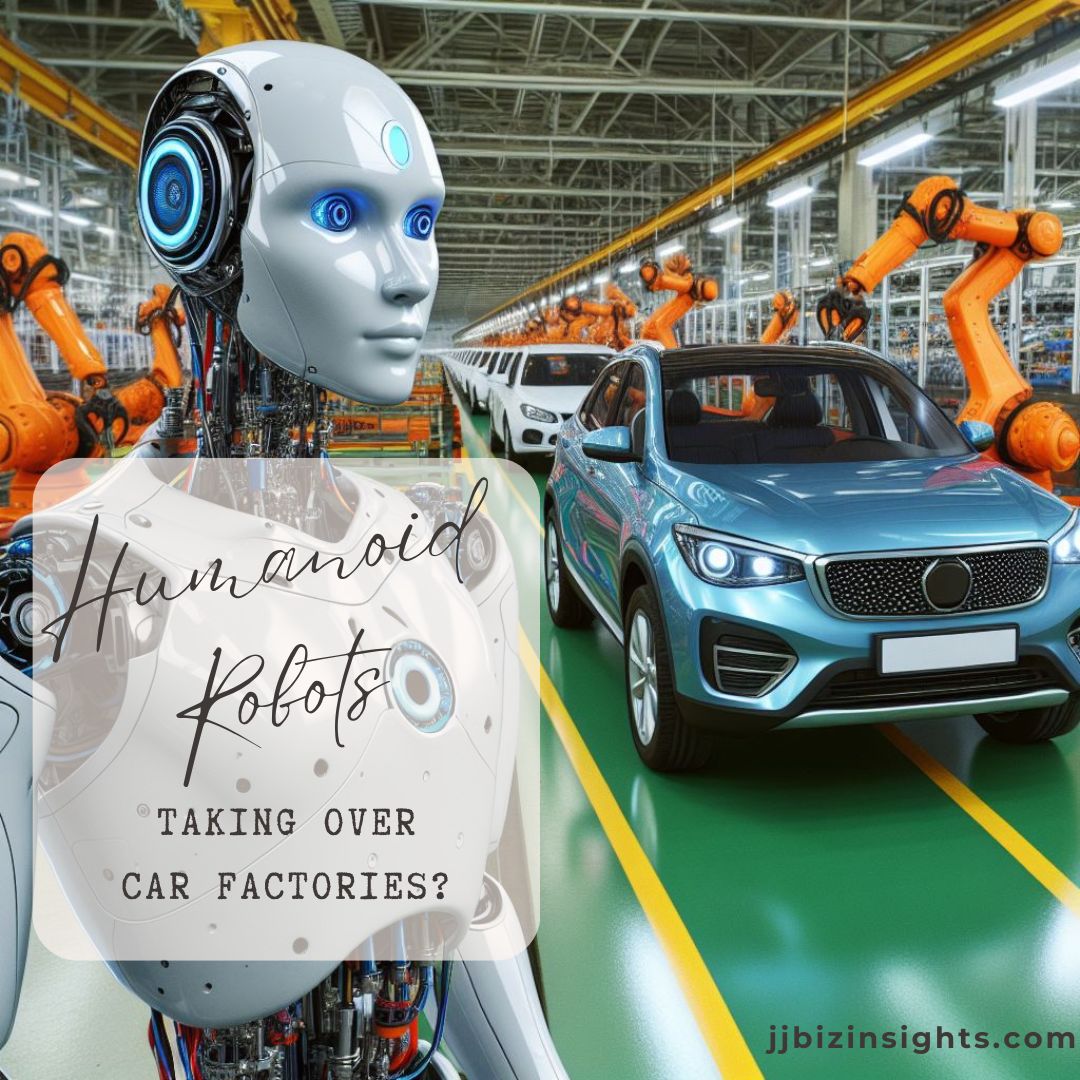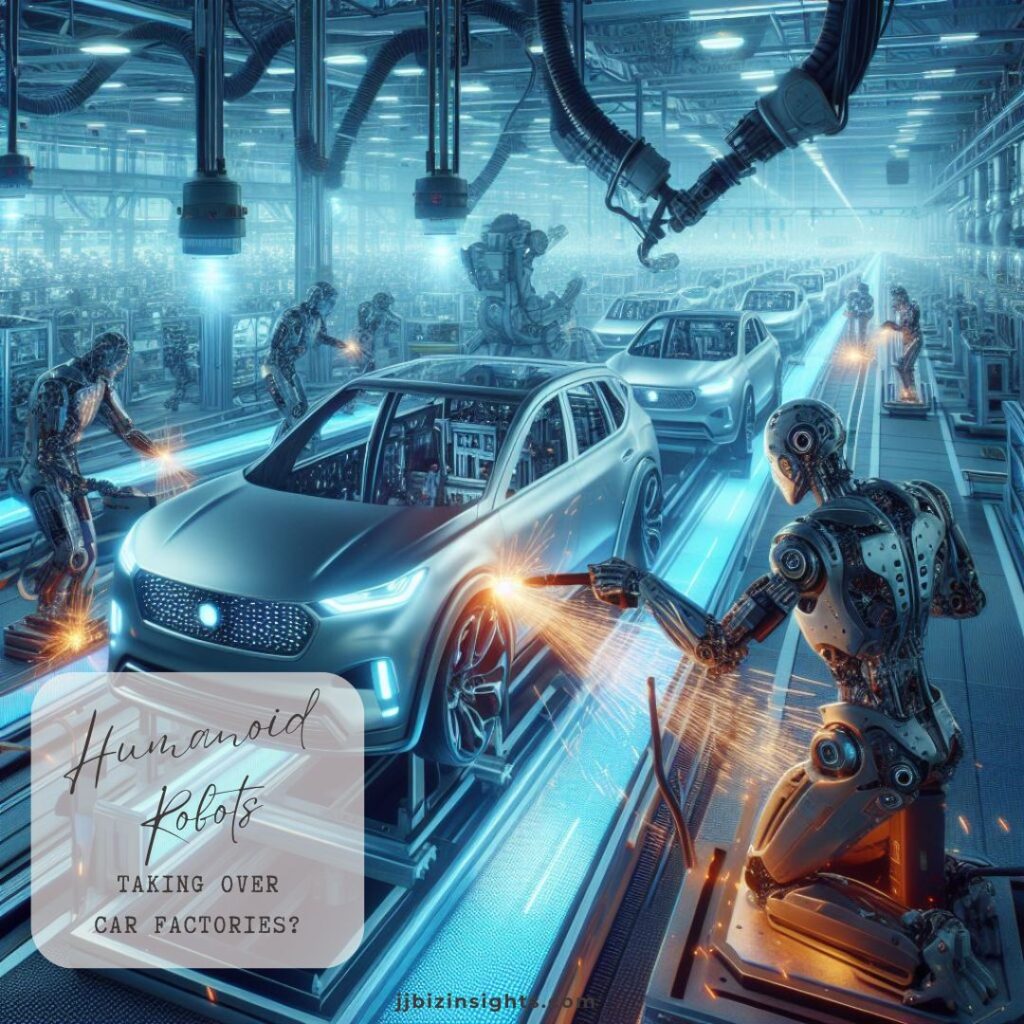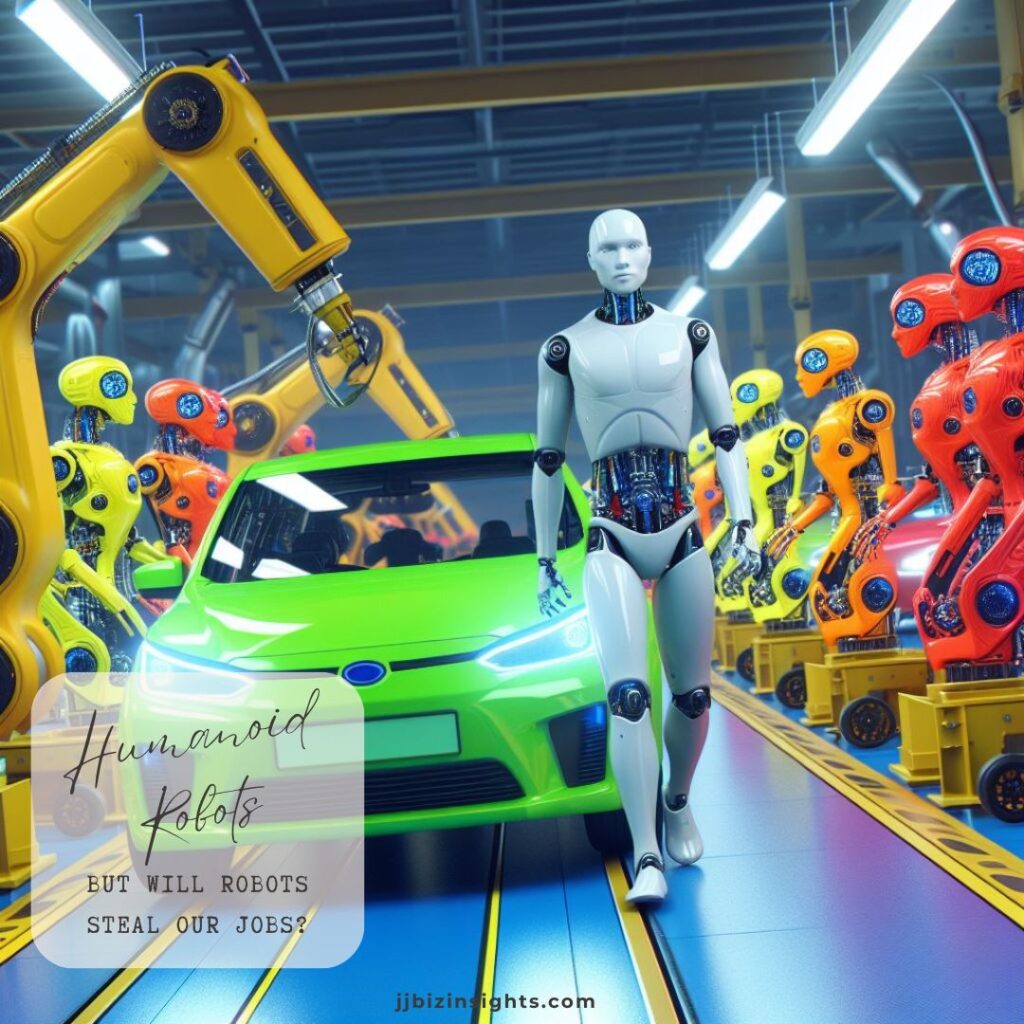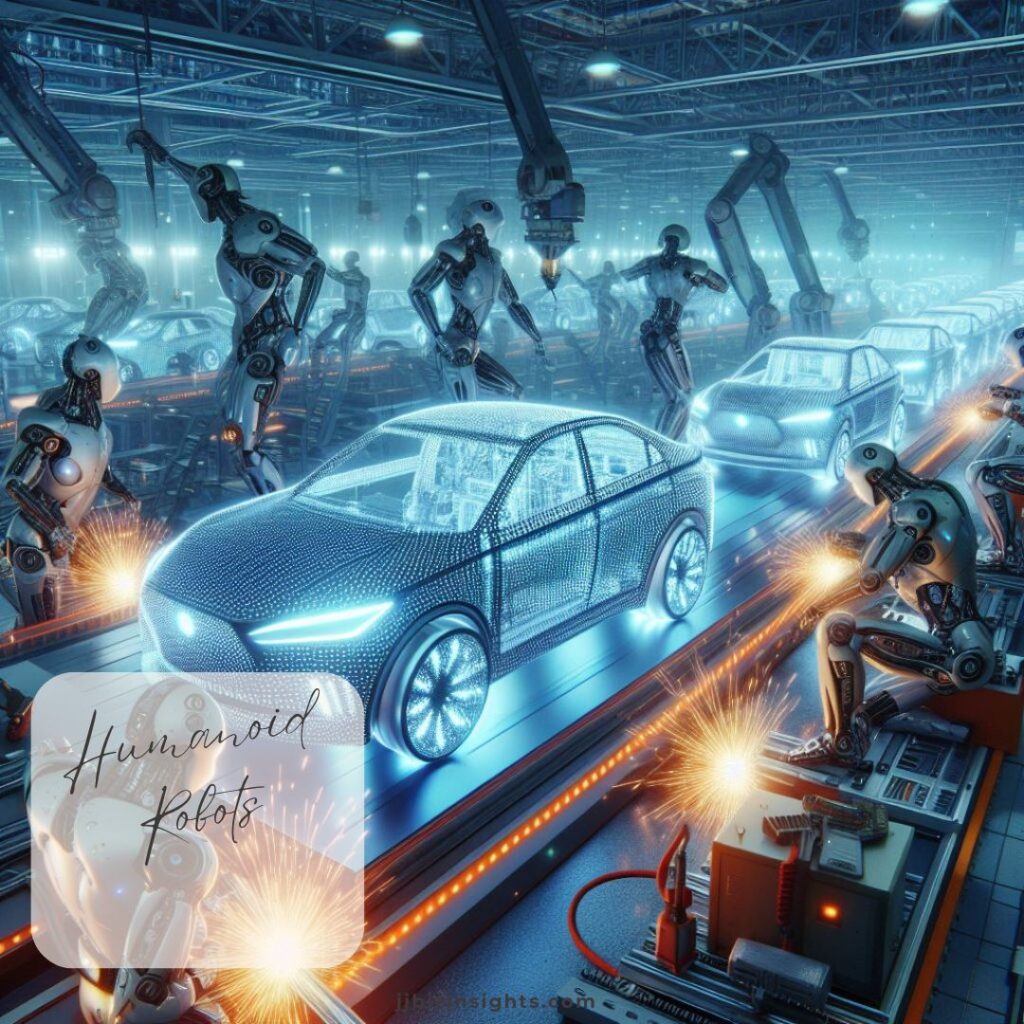Humanoid Robots: Taking Over Car Factories?

Introduction
The automotive industry is undergoing a seismic shift, and it’s not just about electric vehicles or self-driving cars. The real game-changer lies in the form of humanoid robots—machines that walk, talk, and work alongside humans. Mercedes-Benz, a pioneer in luxury automobiles, is at the forefront of this revolution. In its factories, humanoid robots are proving to be more than just a novelty; they’re transforming the way cars are built.

Why Humanoid Robots?
Breaking Free from Tradition
For decades, industrial robots have been the workhorses of manufacturing. These mechanical arms, often encased in steel cages, perform repetitive tasks with precision. However, their rigidity limits their adaptability. Enter humanoid robots—the Apollo robots developed by Apptronik. These robots mimic human form and movement, offering a unique set of advantages:
- Adaptability: Unlike their bulky counterparts, they can navigate existing factory layouts without requiring major modifications. They seamlessly integrate into production lines, optimizing space and workflow.
- Versatility: From delivering parts to conducting quality checks, humanoid robots handle a wide range of tasks. Their dexterity allows them to perform intricate operations that traditional robots struggle with.
The Rise of the Machines
Mercedes-Benz isn’t the only player in this game. Auto giants like Nio and BMW are also embracing humanoid robots in their facilities. Here’s why this trend matters:
- Increased Efficiency: They work tirelessly, 24/7. They don’t tire, take breaks, or suffer from repetitive strain. As a result, productivity soars, and production bottlenecks become a thing of the past.
- Improved Safety: Physically demanding tasks—lifting heavy components, welding, or painting—are now handled by robots. This reduces the risk of workplace injuries for human workers.
But Will Robots Steal Our Jobs?
As the assembly lines hum with robotic activity, concerns arise:
- Worker Concerns: Employees fear that companies will replace them with robots to cut costs. Job security hangs in the balance.
- Job Protection: Labor unions advocate for regulations to safeguard workers from the negative impacts of automation. They rightly demand a safety net for those displaced by machines.

Humanoid Robots: The Future of Work
The road ahead is both promising and challenging. Here’s how we can navigate it:
- Reskilling the Workforce: As robots become our colleagues, we must equip workers with new skills. Training programs should focus on collaboration with machines, not competition against them.
- Collaboration, Not Confrontation: The ideal scenario is one where humans and robots complement each other. Together, they achieve optimal results—precision, speed, and safety.
The Takeaway
They are more than sci-fi fantasies; they’re our co-workers in the factories of tomorrow. As we embrace this transformation, let’s prioritize job protection, reskilling, and a harmonious man-machine partnership. The future of car manufacturing is not just about wheels—it’s about legs, gears, and the dance of progress.
Other Industries that use Humanoid Robots?

Humanoid robots are making significant strides across various industries. Let’s explore some of their applications:
- Hospitality:
- Kime, a humanoid robot, serves customer drinks and snacks at self-contained kiosks in Spain. Some also work as hotel concierges and in other customer-facing roles.
- Education:
- Nao and Pepper, two humanoid robots, collaborate with students in educational settings. They create content and teach programming, enhancing the learning experience.
- Healthcare:
- In healthcare settings, they assist by communicating patient information and measuring vital signs. Their presence contributes to patient care and streamlines processes.
- Manufacturing and Logistics:
- BMW, along with AI robotics company Figure, is exploring the use of humanoid robots in car manufacturing. These robots could potentially work alongside human counterparts on factory floors and warehouses.
- Other companies like Honda and Hyundai have also experimented with them to automate repetitive and hazardous tasks in assembly lines.
- Service Industry:
- They are poised to take on more duties in the service industry. Their advanced AI capabilities and human like features eanble them to perform tasks in areas such as hospitality, education and healthcare.
- The partnership between Figure and OpenAI aims to enhance their capabilities, potentially reshaping workplaces worldwide.
As the sector continues to evolve, we can expect even more innovative applications of humanoid robots in the near future. Their ability to collaborate with humans and adapt to various environments makes them valuable assets across diverse fields
Elon Musk brings out Optimus – the terrific humanoid robot
Robot Workers are Stunning – The Miracle Workers are Replacing People





